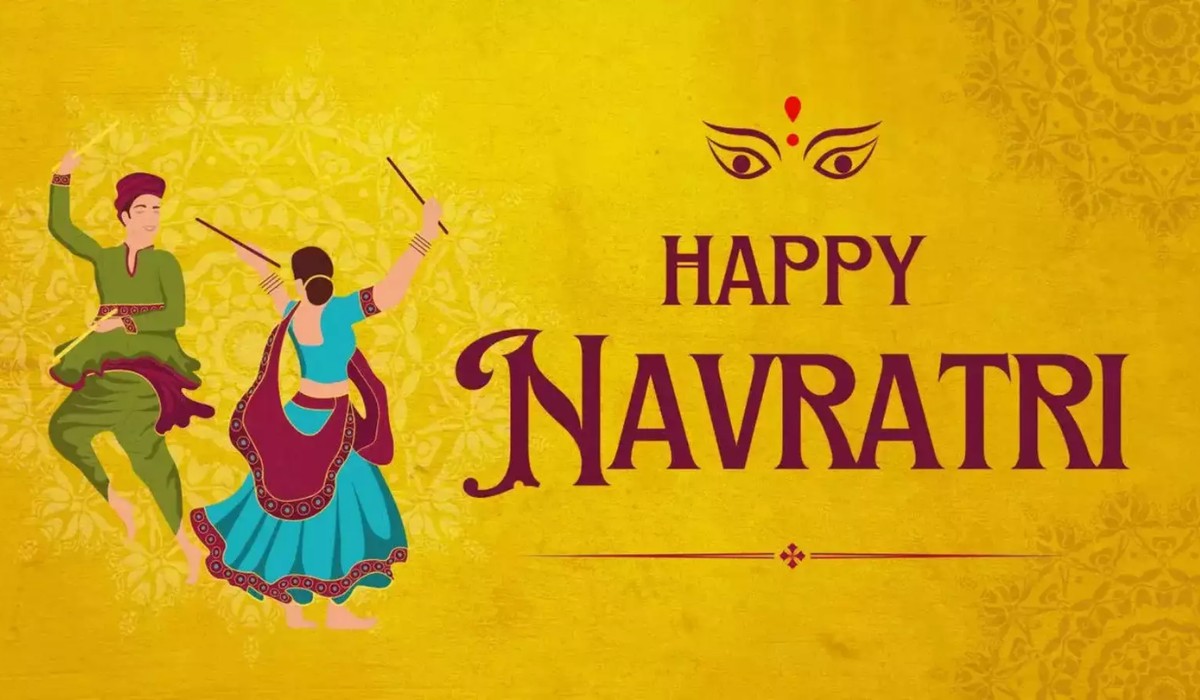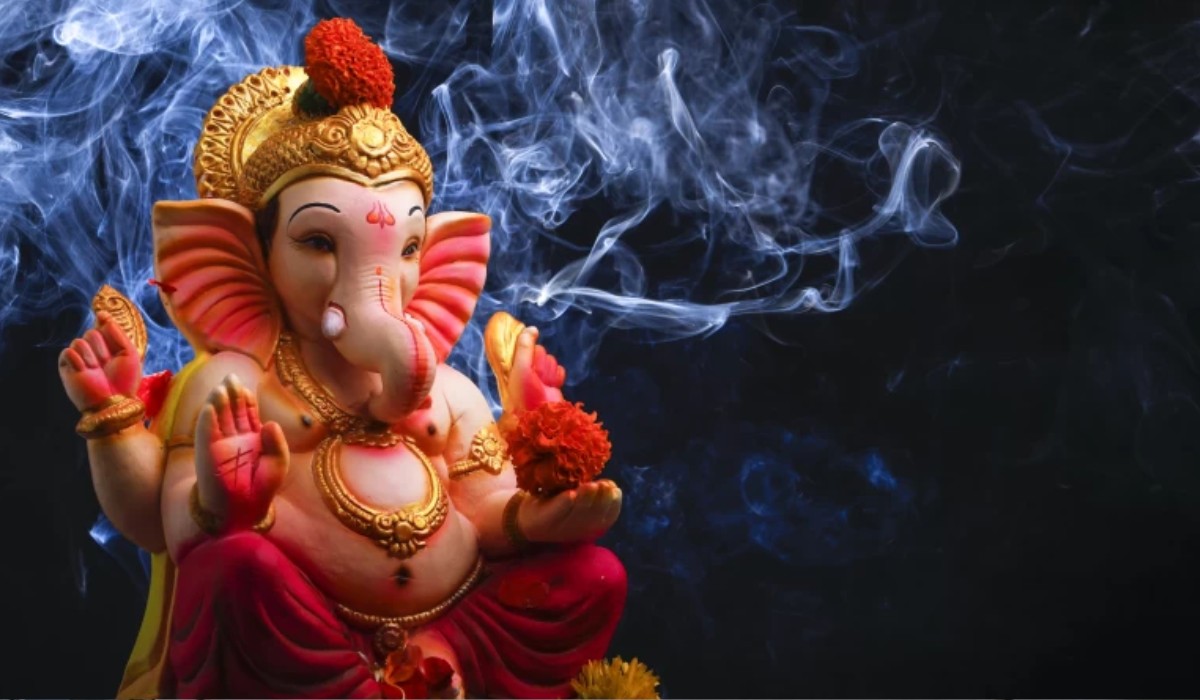Significance of Gudi Padwa festival
Gudi Padwa, also called Samvatsar Padvo will fall on April 2nd this year. It is celebrated on the first day of the Chaitra month of the Hindu calendar and is also the first day of the new year for the people of Maharashtra and the Konkan region. Read on to know the significance, history, celebrations and popular food items prepared on Gudi Padwa.
Significance of Gudi Padwa

The name Gudi Padwa is made using two words- ‘Gudi’, which means flag or emblem of Lord Brahma and ‘Padwa’ which means the first day of the phase of the moon. Rabi crops are reaped after this festival as it also signifies the arrival of the spring season.
It also represents the start of a new year for Marathi and Konkani people, and as a result, most individuals use this day to begin a new part of their lives, such as starting a new business, purchasing a new home, or making significant investments.
According to the Hindu calendar, the festival takes place on the first day of the month of Chaitra, which falls between March and April in the Gregorian calendar. This year, Gudi Padwa will be observed on April 2.
Gudi denotes Lord Brahma’s flag, while Padwa stands for the first day of a new Moon phase.
Apart from being the day when Lord Brahma created the universe. It is also the day when Lord Rama was crowned after defeating Ravana, according to legend. This day is regarded a favourable time to buy a property.
History of Gudi Padwa

As per Hindu mythology, it is said that on this day Lord Brahma created the universe. It is also said that Lord Brahma further created the concept of days, weeks, months and years on the day of Gudi Padwa. The festival is called Ugadi in South India and is considered to be the first day of the creation of the universe. This is why Lord Brahma is worshipped on this day.
Gudi Padwa also symbolizes Lord Rama’s victory over Ravana. The festival commemorates the celebrations done for Lord Rama after his return to Ayodhya after completing 14 years of exile.
Celebration
On this occasion, people draw rangoli on the floor of their houses by using powder color, flowers, and petals. They make a special Gudhi flag garlanded with flowers, mango, and neem leaves, and crowned with upturned silver or copper vessel. Drawing rangoli is considered the best way to give a warm and colorful welcome to all the guests and loved ones.
The houses are decorated with bright colored flowers and the doors are adorned with beautiful torans. Which is believed to spread positivity around. Women wear a nine-yard saree and accessorize their hair with a garland of mogra flowers. The men wear traditional kurta pyjama along with a saffron turban. On this day, women prepare sweets like Puran Poli and Shrikhand and dishes like Aambe Daal and Sunth Paak. Which is relished by all the family members with great joy.
The Gudi Padwa prasad prepared using neem leaves with jaggery is a bitter-sweet prasad. The Prabhat Pheri called street processions are held throughout Maharashtra on this special day followed by dance and food festivals. During the processions, many men and women tie a saffron-colored turban around their heads.











